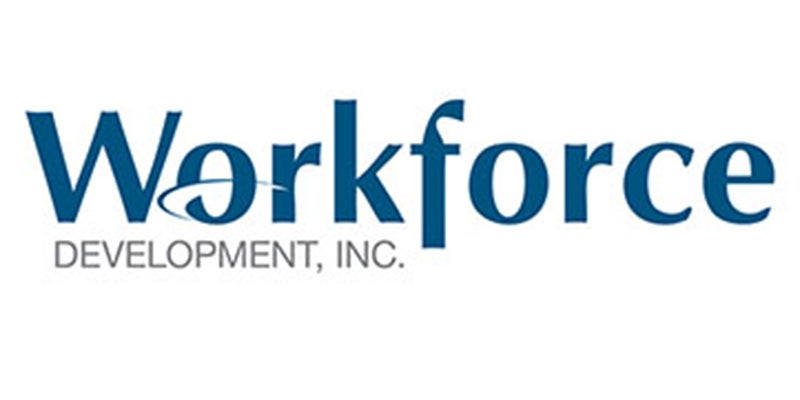Jinny Rietmann: How do the elections impact workforce development in southeast Minnesota?
Published 6:30 pm Friday, November 4, 2022
|
Getting your Trinity Audio player ready...
|
If you were to ask a median U.S. voter what a Local Workforce Development Board (LWDB) is, they likely would not have a ready answer. Nonetheless, LWDBs change lives and the results they produce benefit every American, regardless of their background or zip code. So why is a system with an undeniable track record of success largely unnoticed by the public?
Labor Landscape
Over the past 20 years there has been a steady decrease in America’s labor force participation rate. Birth rates have fallen below replacement rates and continue to decline, while Baby Boomers are retiring at record levels. There is a significant talent shortage in the U.S. and this shortfall is expected to persist for the foreseeable future. As of May 2022, there were 11.3 million job openings, but only 6 million unemployed individuals were looking for work. The most pressing question facing policymakers today—how do we collectively fill a growing 5 million plus job gap?
At the same time, the COVID-19 pandemic has precipitated a nationwide, ongoing reevaluation of work.
People have been empowered to critically assess their jobs and consider aspects of their lives beyond wages. This combined with the talent shortage has led to proposed solutions as well as major shifts in required credentials and offered wages by employers. LWDBs are positioned to address many of these issues, however, creating that awareness is key.
The two most important pieces of legislation currently facing Local Workforce Development Boards at the federal level are the reauthorization of the Workforce Innovation and Opportunity Act (WIOA) along with Fiscal Year 2023 Appropriations.
Some key considerations about workforce development programming and reasons to support workforce funding are:
• There is a significant talent shortage in the U.S. and this shortfall is expected to persist for the foreseeable future.
• To address the labor shortage, it is vital to engage populations that, historically, are less likely to be working: marginalized, disadvantaged, or otherwise under-served populations.
• Greater autonomy provided to LWDBs is needed to better address the unique needs of their regional economies.
• WIOA has historically been a bipartisan issue and we believe this legacy should continue in the next reauthorization to address the consequential workforce issues our country faces.
• Workforce development funding is at historic lows and adjusted for inflation, funding levels are $3 billion less today than what our nation collectively invested in the publicly funded workforce system in 2000.
• Increased WIOA funding is necessary to properly implement, and complete infrastructure projects funded by recent bipartisan infrastructure legislation. Without a skilled workforce, our nation will be unable to meet the current economic moment and the new workforce demands generated by these important investments.
• Local workforce development boards, which boast entered-employment rates of over 72%, can help ensure expanded federal investment remains focused on in demand occupations and supports meaningful outcomes.
At the state level, Minnesota’s Workforce Development Fund is one key piece of legislation that provides funding for many of our locally developed solutions such as our Bridges to Careers programming, Minnesota Youth Program, and Youthbuild, as well as statewide workforce initiatives. This fund is created by a tax that all employers pay into, therefore, all employers should be able to access the solutions created through this funding. In southeast Minnesota, that means investment into successful, proven, innovative, and impactful solutions through the Workforce Development Board. All of our programs and services directly impact the workforce of southeast Minnesota. In the upcoming legislative session, the Workforce Development Fund is likely to be a hot button topic, and investment in locally driven solutions will be critical to the economic vitality of our region. LWDB’s are charged to provide these innovative solutions, including serving both job-seekers and employers.
Source: National Association of Workforce Boards, www.nawb.org/
Please reach out with any questions or if you’d like more information about Workforce Development, Inc. programs and services.



